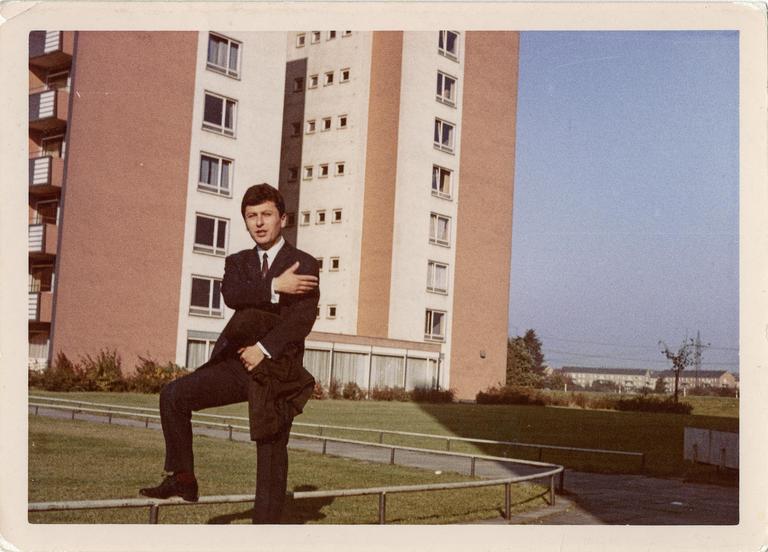
Buchheim, Cologne, Gronauer Straße, 23.12.1965
© Onur Dülger/DOMiD-Archive, Cologne
IN SITU: Photo Stories on Migration Exposition collective
Photographs of Cologne and other cities in the Rhineland from the period between 1955 and 1989 visualize the constant changes brought about by the residents. Yet the stories of migrant workers in photography are barely present in the public visual memory of these cities. For the first time, this exhibition at the Museum Ludwig will focus on personal photographs. For the first time, this exhibition at the Museum Ludwig will focus on personal photographs. An important starting point is documents of stories of migration from DOMiD. In interviews, the lenders of the works in the exhibition talk about their diverse histories. They offer an account of life in the city and how it was enlivened by their immigration. Their personal photographs show how streets, buildings, shops, bars, social clubs, and parks become places of remembrance and part of the city’s history. The exhibition deals with the role of photography in this context. It combines these new and surprising cityscapes with photographs of urban life by Charge-sheimer, Candida Höfer, and Ulrich Tillmann from the collection of the Museum Ludwig as well as photographs by Christel Fomm, Gernot Huber, and Guenay Ulutuncok, among others. Be-yond the fleeting experiences of life in the city, these photographic stories of migration show the various ways in which people can find their place in a new city.
As a counterpart to the deserted shots of the “guest worker towers,” Ela Kaçel discovered per-sonal photographs taken by the residents in front of and inside the buildings. This led her and the curator Barbara Engelbach to the question of how labor migration in cities is represented in public photographs between 1955 and 1989 and how migrants photographed themselves as residents of the city. How does their photographic practice locate them and thus help contrib-ute to the memory of specific cities and places?